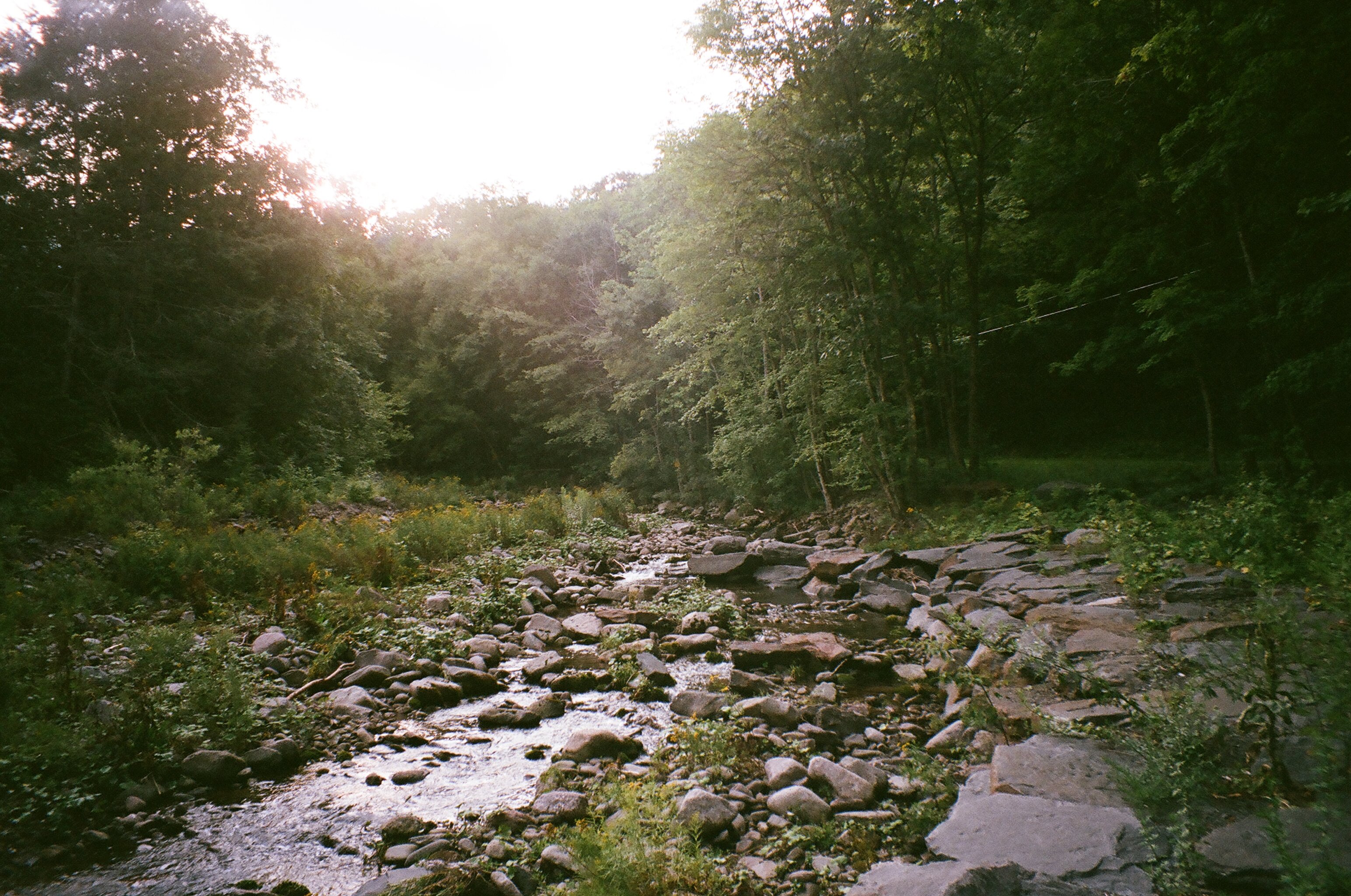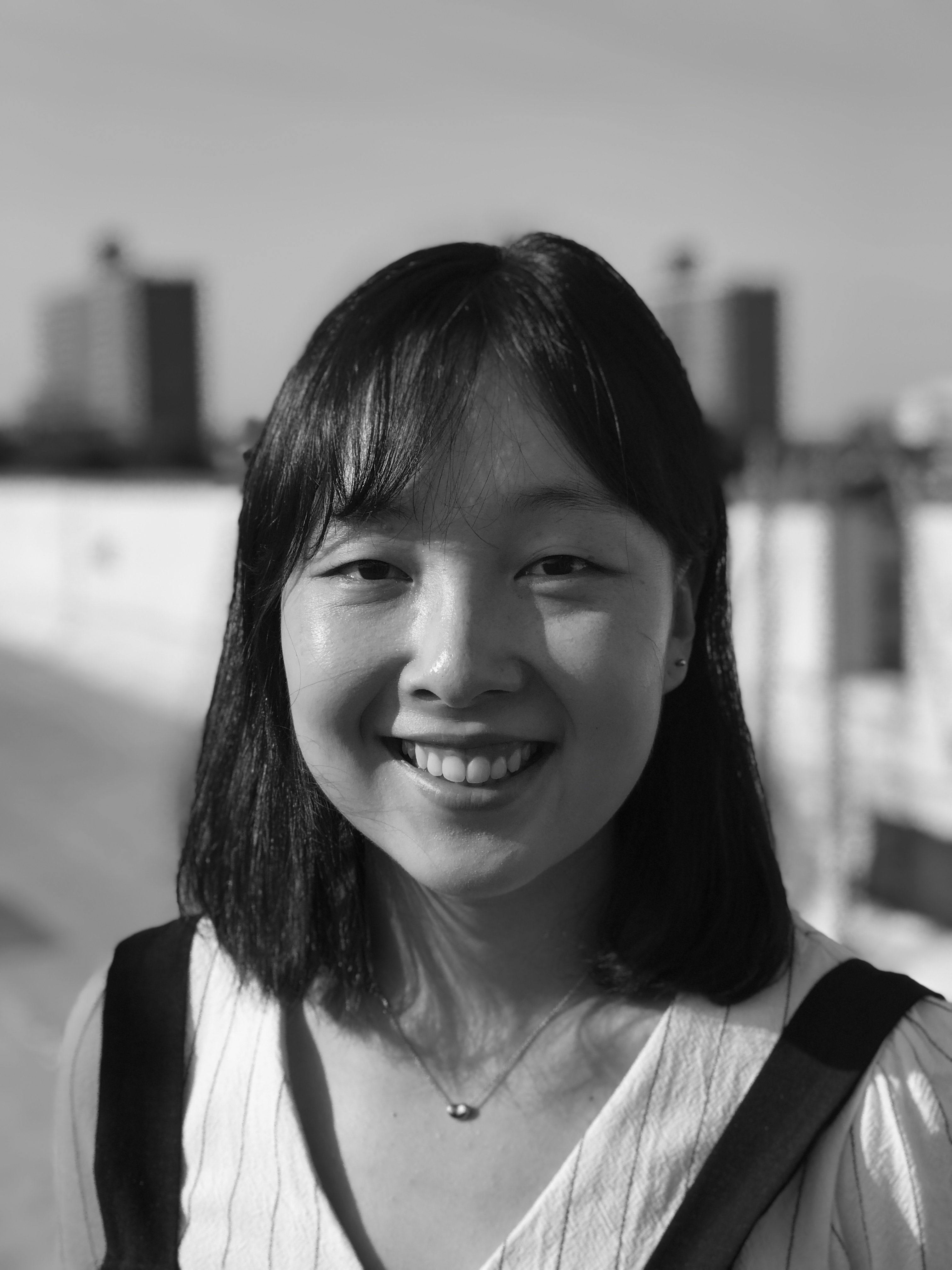Being an arts worker, together
Spring is upon us, at least where I am in Brooklyn, New York, Lenapehoking. The green buds sprouting from the trees warmly greet us after a long hibernation, and the bird songs continue to shift with the warmer weather. The sidewalks are filling up as busy humans with their own worlds move quickly to their destinations. After getting used to colder weather, the season is changing, full of new beginnings and possibilities.
Change can come in small and big ways. Your local coffee shop changes their pastry selection. The colleague who always Zoomed in from the city next door moves across the country, thousands of miles away. An immeasurable amount of death in lands far away spurs grief that can only transform the heart inside out. Forests shrink and oceans rise. As an inevitable force in all of our lives, change molds us and asks us to take on new forms.
Through my work at Fractured Atlas and beyond as a curator, I’ve been privileged to work among artists and other creative arts workers who teach us how to navigate the unavoidable force of change. Artists uncover the rhythms and reasons for the changes taking place in our world and ask us to consider slowing down to experience them. Artists, often working together with others, drive much needed change within older, failing systems. If change is a material within art practice, artists stretch, reshape, and retool it to expand our ways of existing in this world.
This June, I leave Fractured Atlas for the next chapter of my life and as I do so, I’ve been reflecting on one particular practice that the artists I admire constantly engage in to navigate our unstable world—the practice of doing things together. As many of us are acutely aware, the art worlds that we participate in, no matter what discipline or medium, are tough to navigate. At the heart of doing things together is the desire to better understand our relationships to one another to better navigate all the challenges and joys that come our way. This includes not only relating to the humans around us, but also to the non-human beings, landscapes, and objects that exist alongside us.
What does it mean to “do things together” anyway? A very obvious answer may be what this question seeks on paper, but in our lives it’s actually not that easy to define. Children who give each other a hearty push on the swings on a playground are doing things together. Artists who create collaborative works are doing things together. The neverending email exchanges and seemingly even more endless meetings in service of artists is a form of doing things together. When my cat and I sit peacefully side by side, staring out onto the busy streets of Brooklyn– we’re doing something together. At times there’s harmony, and at others it seems like conflict is the only way forward. It tests our patience and asks us to think about our individual values and how they are reflected in our relationships.
Working in the nonprofit world, I am able to see first hand the beautiful, joyous, and most times arduous work that artists and arts administrators do together in the hopes of bringing meaningful change to the world through art. This work can take many shapes, from what arts administrators do to bring ambitious programs to life that would ensure artists are paid or what artists do to bring thoughtful artworks to an audience through a presenting organization. Tensions can be high as everyone is probably overworked, underpaid, and stressed. Yet, somehow the show continues to go on through the bonds that are created between everyone involved. I am often conflicted about this ability for things to go on, for art to be created within these strenuous working conditions and larger global catastrophes, because an unanswered question lingers: What is this all for?
In the past couple years, the visual art world focused their attention on the role of collectivity– specifically through artist collectives –with it accumulating at the latest edition of documenta, an international art exhibition taking place in Kassel, Germany every five years. Beyond this center stage, murmurs of the importance of working collectively spread especially calling to those in this art world who never resonated with the individual superstar artist model. Collectivity is perhaps a more formalized vehicle for this practice of doing things together. The implications of doing things together can be pretty significant. Communities are fed and supported, proposals to policy changes to support the livelihood of artists are advocated for, safety and liberation for all continues to be fought for.
In doing things together with others, you are often called to both unlearn and relearn habits that were formed when doing things alone. As part of this, a softening of an understanding of yourself and an openness of how you are entangled with others reveals itself. This sense of vulnerability is perhaps something artists practice every day by offering their practices and works to their audiences. To build on this and to practice generosity is what I linger on lately as we see our worlds torn apart.
These loose, meandering thoughts on doing things together initially sprouted from a desire to think about the speed at which institutions operate. Institutions can sometimes feel like you’re in a time warp. Administrative rules informed by risk management practices slows down the adoption of any new practices that could make things better for everyone. At the same time, everyone is too busy all the time, inundated with task after task, sprinting just to get to the finish line of a program or an exhibition. Physics teaches us about relativity, and if anything, the pandemic has taught us that speed truly is relative. This is true in an art world where we are being pulled apart from the pressures of vastly different accelerations. If it is true that we must become resilient to these varying speeds, then I propose that doing things together will create another space-time for us to build the worlds to follow the speeds that we want.
Fun fact – I studied neuroscience in undergraduate studies where I spent time doing research in neurodegenerative disorders and toxicology. Fancy words aside, this actually meant coming up with questions to be answered and going day in and day out to care for the cells’ growth, repetitively pipetting into tiny tubes, and figuring out new solutions for small hiccups that came my way. When people ask me what connections science and art have, I often say there are many similarities in what scientific researchers and artists do in that both are looking for solutions and complicating ideas to problems and questions that currently have no answer. In this way, I’ve learned why artists are often relied upon by society to address the most burning issues of our times. Artists don’t have to do this journey alone, and it can probably even be better together.
With this last article, Sophia is bidding adieu to the Fractured Atlas community in June as she steps down from her role as Director of External Relations to get some good rest and to pursue other curatorial endeavors. She thanks everyone for being part of her journey and hopes to encounter fellow artists soon through other projects!
About Sophia Park
Sophia Park (she/her) is a writer and curator based in Brooklyn, NY and Gumi, South Korea. She received her B.A. in Neuroscience from Oberlin College and M.A. in Curatorial Practice from the School of Visual Arts. Recently, she worked as a curator for the 15th Gwangju Biennale. Formerly, she worked as the Director of External Relations at Fractured Atlas, a national nonprofit arts service organization and taught entrepreneurship and the arts at New York University. She is part of slow cook, a curatorial collaboration with Caroline Taylor Shehan where they make programs and books, and is a co-founder of Jip Gallery (2018 - 2022). You can probably find her running some silly distance, trying to get back into tennis, or dancing somewhere.


